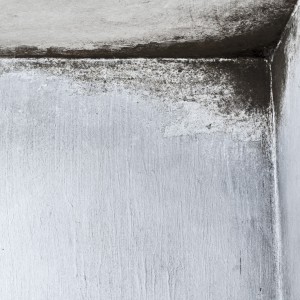Learn How to Tell If Mold in Your Home Is Making Your Family Sick

Common Symptoms of Mold Exposure
Some of the most common symptoms of mold exposure include:
- Wheezing and coughing in individuals who are otherwise healthy
- Development or worsening of asthma symptoms
- Sinus congestion and runny nose
- Throat irritation
- Watery, itchy, red eyes
- Tightness in the chest
- Excessive sneezing
In infants, exposure to black mold can lead to gastrointestinal issues such as vomiting, diarrhea, abdominal pain and nausea. In some cases these painful symptoms may cause infants to stop eating altogether and lose weight as a result. If treatment is not sought immediately, infants can become severely dehydrated and malnourished due to toxic mold exposure and could even die.
Where Is Household Mold Most Commonly Found?
Household mold is most commonly found in basements, shower stalls, leaky attics, and any other area where moisture collects. If you suspect that there is mold growth in your home, be sure to check the following areas:
- Wallpaper
- Ceiling tiles
- Drywall
- Ductwork
- Roofing
- Furniture
- Paneling
- Around plumbing pipes
- Carpets
- Around swamp coolers
- Any area that is excessively moist
In some cases you may not be able to see mold spores, but you might be able to smell them. Mold has a distinct, musty smell that can usually be detected by conscientious homeowners. If you see or smell anything that you think may be mold, don’t waste any time calling the professionals and having your home inspected for this dangerous substance. If you catch mold quickly then you and your family may not have to suffer from symptoms of toxic mold exposure.
Call Today
If you and your family are suffering from mold exposure symptoms, call H2 Environmental today and let us inspect your home, remove any traces of mold, and help make sure your home becomes a safe haven for your family.










